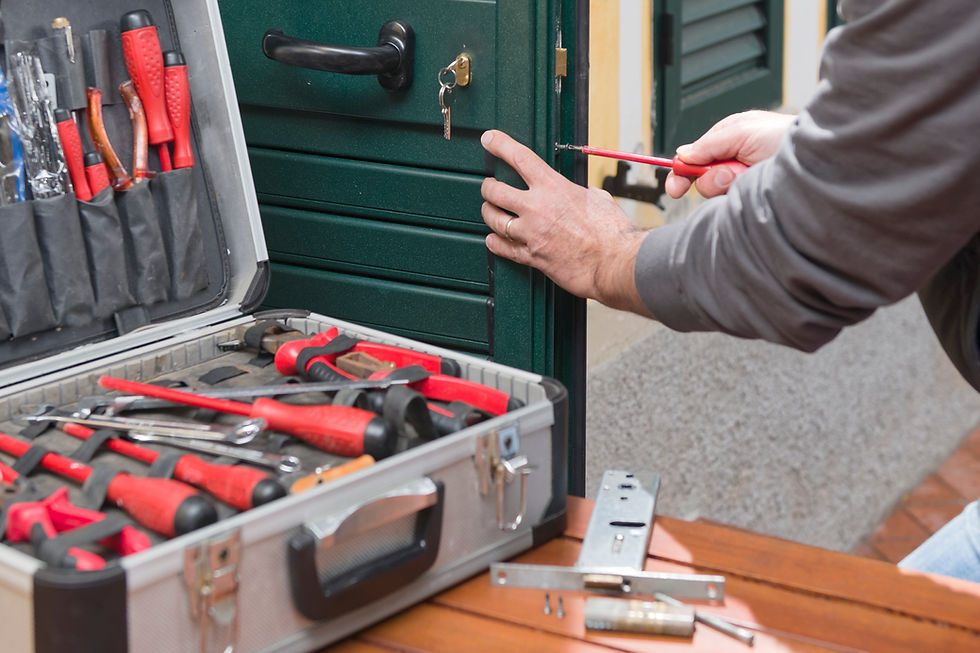Engaging Your Community in the Reserve Planning Process
- Midwest Reserves

- 3 days ago
- 3 min read

Key Points:
Community engagement prevents costly surprises and builds trust
Transparent communication reduces resistance to necessary assessments
Active participation ensures reserve plans reflect actual priorities
Why Community Engagement Matters in Reserve Planning
When property owners understand reserve planning, they're significantly more likely to support necessary assessments and maintenance decisions. Studies show that engaged communities experience fewer disputes and maintain higher property values over time.
The cost of poor communication is substantial. Communities that fail to engage residents often face emergency repairs that cost three to five times more than planned maintenance, creating financial strain and community discord.
Common Barriers to Community Participation
Most residents simply don't understand what reserve studies are or why they matter to their daily lives. The technical language and complex financial reports can intimidate property owners who just want to know how decisions affect their wallets.
Fear of increased fees and special assessments creates natural resistance. Without proper education, residents often view reserve planning as unnecessary spending rather than essential protection for their investment.
Building Trust Through Transparency

Share reserve study findings in language that homeowners can actually understand. Replace technical jargon with clear explanations of what components need attention and why timing matters for your community's financial health.
Provide visual evidence of component conditions rather than relying solely on written descriptions. Before-and-after photos of similar properties help residents understand the real consequences of deferred maintenance and the value of proactive planning.
Effective Communication Strategies
Host informal settings like coffee meetings to discuss reserve planning without the intimidation factor of formal board meetings. These relaxed environments encourage questions and create opportunities for genuine dialogue about community needs.
Use storytelling to make abstract concepts concrete. Share examples from similar communities that faced similar challenges and how proper planning helped them avoid costly surprises.
Creating Opportunities for Input
Survey residents about their priorities for common area improvements and maintenance schedules. This input helps ensure your reserve plan reflects what matters most to the people who live in your community.
Form a reserve planning committee with rotating volunteer positions. This gives interested residents a deeper understanding of the process while providing the board with valuable community perspective on difficult decisions.
Addressing Concerns and Resistance
Acknowledge that special assessments are financially difficult but explain how they prevent much larger problems down the road. Use real examples of emergency repair costs versus planned maintenance to illustrate the financial benefits.
Show comparable properties that faced unexpected major repairs due to inadequate reserve planning. These real-world examples demonstrate the consequences of inaction more effectively than theoretical discussions.
Making Reserve Studies Accessible
Provide executive summaries that highlight key findings without overwhelming residents with technical details. Focus on the top priorities, timeline for major projects, and financial impact on monthly assessments.
Offer one-on-one meetings for residents who want deeper explanations of specific components or financial projections. This personal approach builds trust and demonstrates your commitment to transparency.
Long-term Benefits of Community Buy-in

Engaged communities experience fewer legal challenges over assessments and maintenance decisions. When residents understand the reasoning behind reserve planning, they become advocates rather than obstacles for necessary improvements.
Properties with active reserve planning maintain more stable property values and experience less turnover. Prospective buyers appreciate communities that demonstrate financial responsibility and long-term thinking about property maintenance.
Implementation Timeline
Start engagement efforts sixty to ninety days before presenting reserve study results to your community. This lead time allows for education and relationship-building before asking residents to make important financial decisions.
Schedule follow-up meetings quarterly to maintain ongoing communication about reserve planning progress. Regular updates prevent surprises and keep residents informed about how their money is being used.
Measuring Success
Track attendance at community meetings and response rates to surveys about reserve planning topics. Increasing participation indicates growing interest and understanding of the reserve planning process.
Monitor the approval rate of reserve-related proposals and assessments. Higher approval rates suggest that your communication efforts are successfully building community support for necessary improvements and financial planning.
.png)




Comments